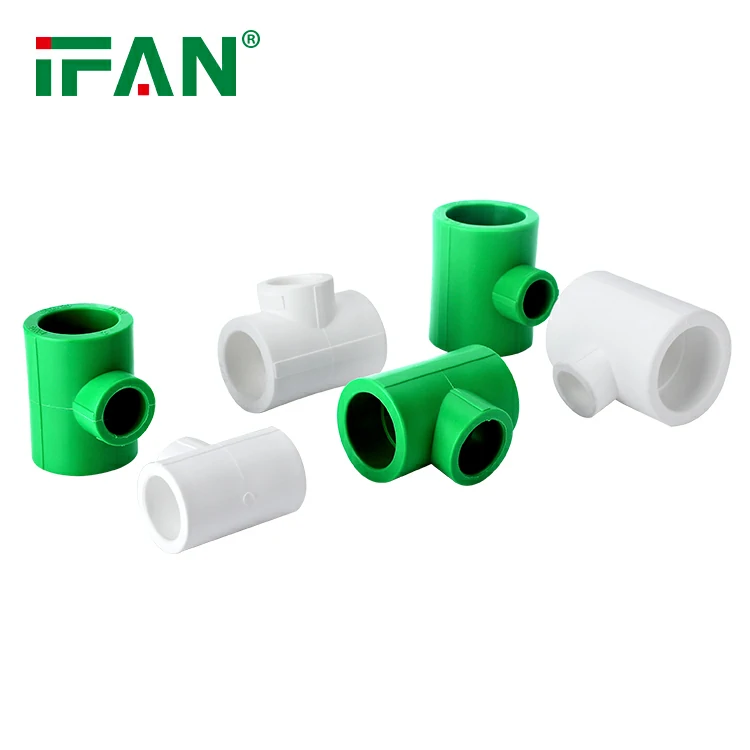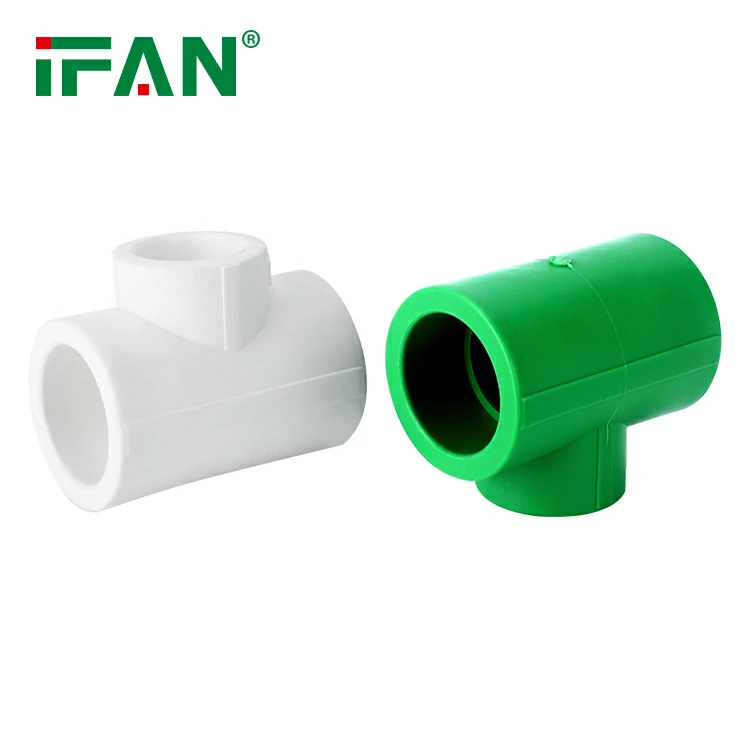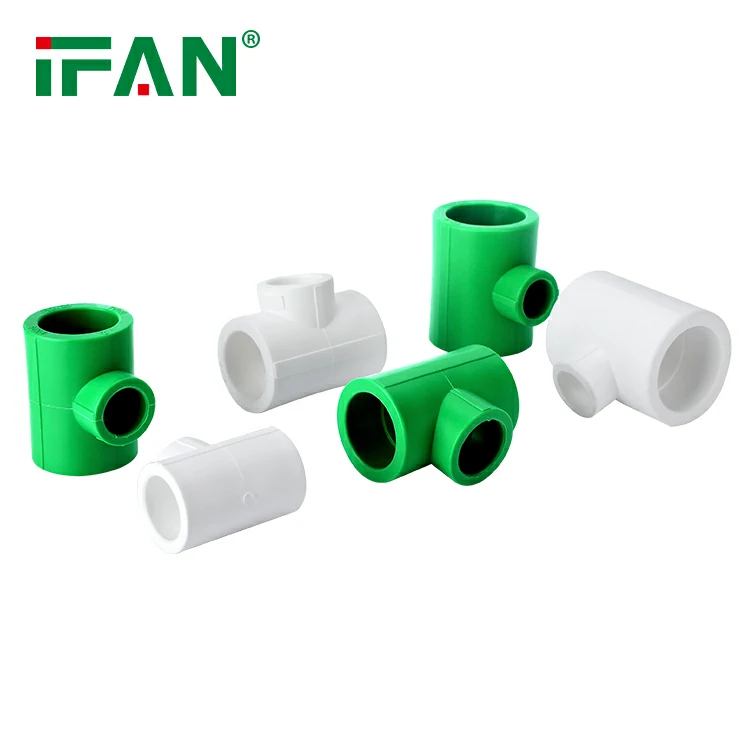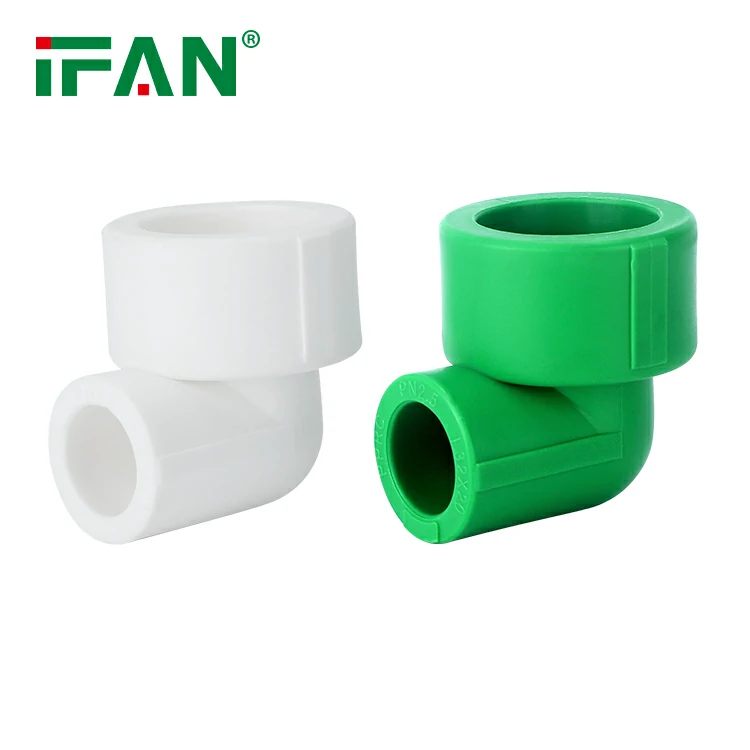IFAN factory 30+ years manufacture experience support color /size customization support free sample.Welcome to consult for catalog and free samples.This is our Facebook Website:www.facebook.com,Click to watch IFAN’s product video.Compared with Tomex products, our IFAN products from quality to price are your best choice, welcome to buy!
When it comes to outdoor water faucets, you might come across two common terms: bibcock and hose bib. Both are essential for supplying water to your garden or other outdoor areas, but they are not exactly the same. In this article, we will explore the differences between a bibcock and a hose bib, their uses, installation tips, and maintenance advice.
What is a Bibcock?
A bibcock is a type of faucet typically installed on exterior walls of buildings to provide water access. It is commonly used in residential and commercial applications for tasks such as watering plants, washing cars, or other outdoor activities. Bibcocks are often designed with a valve that controls water flow and typically have a handle for easy operation.
Bibcocks are usually more durable and are designed for use in harsher outdoor conditions. They can be made from materials like brass, stainless steel, or cast iron, making them resistant to corrosion and able to handle heavy-duty water usage.
What is a Hose Bib?
A hose bib is another term for an outdoor faucet, often used interchangeably with the term bibcock. However, there is a slight distinction between the two. A hose bib is specifically designed to connect to a garden hose, making it more suitable for tasks such as watering lawns or washing the car. The hose bib is usually located in an easily accessible area outside your home or building.
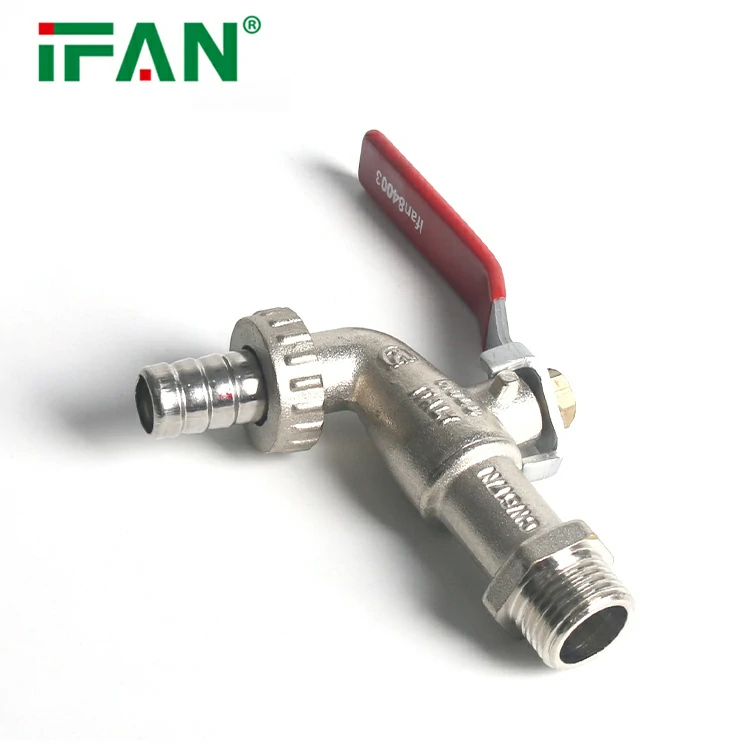
Like the bibcock, hose bibs are often made of durable materials such as brass or stainless steel, but they may feature a threaded outlet for attaching a hose. Some hose bibs also come with an anti-siphon valve to prevent contaminants from being drawn back into the water supply, which is important for maintaining clean water.
Key Differences Between Bibcock and Hose Bib
While both bibcocks and hose bibs are outdoor faucets designed for similar uses, there are some subtle differences between the two:
1. Design and Functionality
- Bibcock: Bibcocks are often more rugged in design and typically have a valve handle for easy water control. They are designed to handle higher water pressure and are generally used in commercial or industrial settings.
- Hose Bib: Hose bibs are designed to specifically connect with a garden hose. They are typically easier to install and are more commonly found in residential applications.
2. Purpose
- Bibcock: Bibcocks are used for a wide variety of outdoor water activities, such as watering plants, cleaning tools, or supplying water to outdoor fixtures like fountains.
- Hose Bib: Hose bibs are more specifically designed for connecting a hose, making them ideal for gardening, car washing, and similar tasks.
3. Installation
- Bibcock: Installation of a bibcock can be more complex, as it may involve higher water pressure or commercial plumbing systems.
- Hose Bib: Hose bibs are generally easier to install and are often found on residential homes.
4. Connection Type
- Bibcock: The connection for a bibcock is often a standard pipe connection, and it may be installed with additional features such as a drain valve to prevent freezing.
- Hose Bib: Hose bibs have a threaded spout specifically designed to fit a garden hose connection, making them ideal for attaching hoses for watering or cleaning purposes.
How to Install a Bibcock
Installing a bibcock is a relatively simple task if you have basic plumbing skills. Here’s a step-by-step guide to help you through the process:
1. Gather Materials
You will need the following tools and materials:
- Bibcock faucet
- Pipe wrench
- Teflon tape or plumber’s tape
- Pipe cutter
- Silicone sealant (optional)
2. Turn Off the Water Supply
Before you begin the installation, make sure to turn off the water supply to avoid flooding or water damage during the process.
3. Cut the Pipe
If necessary, cut the pipe to the desired length using a pipe cutter. Deburr the edges to ensure a smooth fit.
4. Install the Bibcock
Apply Teflon tape to the threads of the pipe, then screw the bibcock onto the pipe. Tighten the connection with a pipe wrench, but avoid over-tightening to prevent damage.
5. Test the Installation
Turn the water supply back on and check for leaks. Tighten any connections if necessary.
How to Install a Hose Bib
The installation process for a hose bib is similar to that of a bibcock but tends to be simpler due to its design:
1. Gather Materials
You’ll need:
- Hose bib faucet
- Pipe wrench
- Teflon tape
- Pipe cutter (if necessary)
2. Turn Off the Water Supply
As with any plumbing project, make sure to turn off the water supply before starting the installation.
3. Install the Hose Bib
Wrap Teflon tape around the threads of the pipe and the hose bib, then attach the hose bib to the pipe. Tighten it with a pipe wrench.
4. Test for Leaks
After installation, turn the water back on and check for any leaks. If there are any, tighten the connections.
Maintenance of Bibcock and Hose Bib
Proper maintenance will ensure that your bibcock or hose bib works smoothly and lasts longer. Here are a few tips:
1. Check for Leaks Regularly
Both bibcocks and hose bibs can develop leaks over time. If you notice any leaks, check the connections and replace any worn-out washers or seals.
2. Clean the Faucet
Debris and mineral buildup can affect the performance of your faucet. Clean the faucet periodically to prevent blockages and ensure smooth water flow.
3. Winterize Your Outdoor Faucet
In colder climates, it’s important to winterize both bibcocks and hose bibs to prevent them from freezing and cracking. Turn off the water supply and drain any remaining water to avoid damage.
4. Lubricate Moving Parts
If the handle or valve of your faucet becomes stiff, apply a silicone-based lubricant to the moving parts. Avoid using petroleum-based lubricants as they can cause damage.
Conclusion
In summary, while bibcocks and hose bibs serve similar purposes, the main difference lies in their design and intended use. A bibcock is often more durable and rugged, making it suitable for a variety of outdoor applications. On the other hand, a hose bib is specifically designed for connecting to a garden hose and is more commonly used in residential settings. Both require regular maintenance to ensure optimal performance and longevity.
FAQs
1. What is the primary function of a bibcock?
A bibcock is used to provide water access for various outdoor tasks, such as watering plants, washing cars, or cleaning outdoor spaces.
2. Can I use a hose bib for tasks other than connecting a hose?
Although hose bibs are designed for garden hoses, they can also be used for other tasks, but they are typically less versatile than bibcocks.
3. How do I know if my outdoor faucet is a bibcock or a hose bib?
A hose bib will have a threaded outlet specifically designed to connect to a garden hose, whereas a bibcock will usually have a valve handle and may be more rugged in design.
4. How often should I clean my bibcock or hose bib?
It’s a good idea to clean your outdoor faucet every few months to prevent mineral buildup or blockages. Regular cleaning ensures proper water flow.
5. Can I install a bibcock or hose bib myself?
Yes, both types of faucets are relatively easy to install with basic plumbing tools. However, if you are unsure, it’s best to consult a professional plumber.

